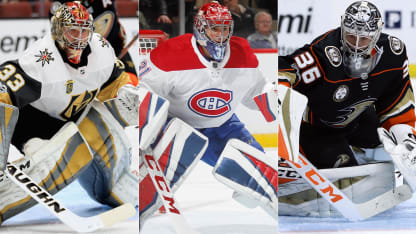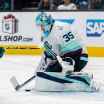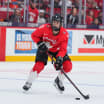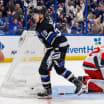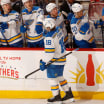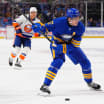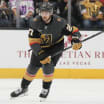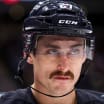"It's about the rule changes and defensemen not being able to put a stick on anyone anymore, so shooters hands are a lot more free," Howard said. "They are able to basically go to the net and get shots off unimpeded now."
Former NHL goalie Steve Valiquette is seeing it reflected in statistics compiled by his company, Clear Sight Analytics, which has been tracking 34 data points for every shot taken during the past three seasons, factoring in preshot passing, screens, deflections and broken plays to try to get a deeper understanding of shot quality.
According to their data, the number of mid- and high-quality chances off the rush were up 11.5 percent. Valiquette, who played 46 NHL games during five NHL seasons and works as a studio analyst for New York Rangers broadcasts on MSG Network, said he sees the crackdown on slashing affecting more than just the final shot.
"What I've noticed from covering the Rangers and seeing the change in our League-wide data is players, not having to contend with contact all the way up the ice, are able to connect passes cleaner and the receiver has an extra half second to receive [and] to get shots off more frequently without interruption," Valiquette said. "The biggest impact is plays off the rush. Team numbers are up across the League from the year before."
Here are a few more goaltending surprises through the first quarter of the NHL season:
